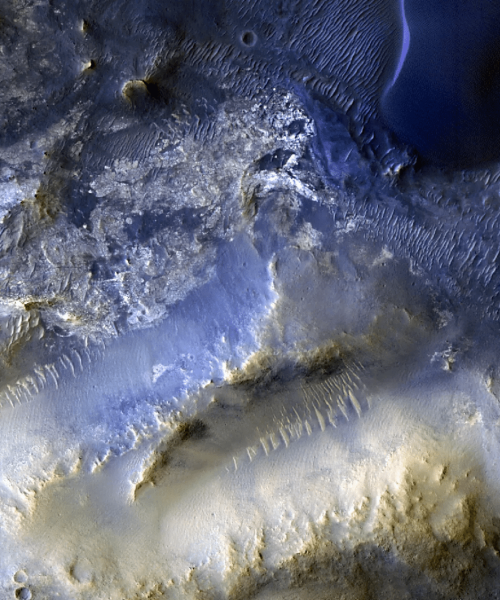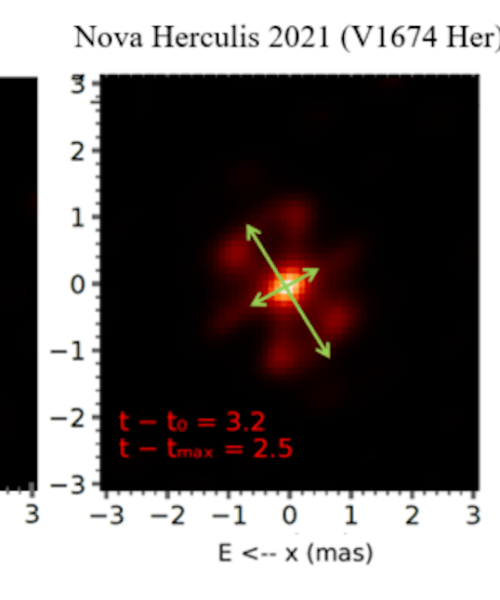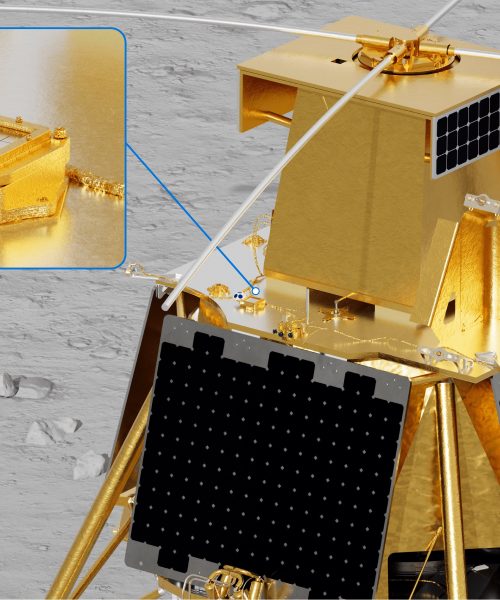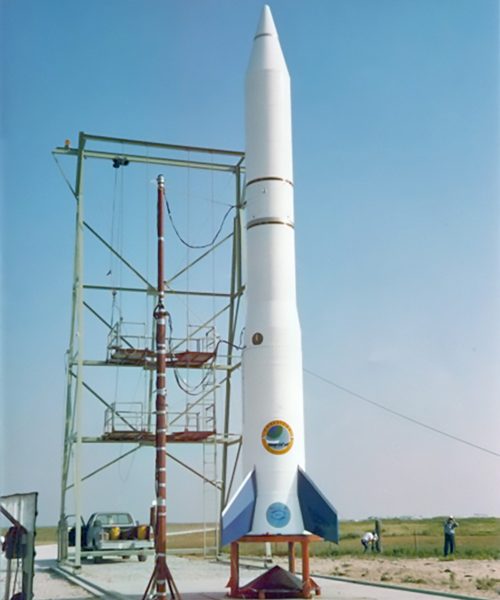Sometimes, it feels like there is not enough time in the day here on Earth to get everything done. If human life existed on the planet Uranus, it’s likely the same phenomenon might happen. But now we know that a single day on Uranus is 28 seconds longer than astronomers first calculated in the 1980s. By using a more accurate set of measurements taken with the NASA/ESA Hubble Space Telescope, it actually takes Uranus 17 hours, 14 minutes, and 52 seconds (not 17 hours, 14 minutes, and 24 seconds) to complete one full rotation. The findings are detailed in a study published April 7 in the journal Nature Astronomy.
For astronomers, determining a planet’s interior rotation rate is challenging and scientists can’t take direct measurements of Uranus. To try and solve this, the team on this study developed a new method to track the rotational motion of Uranus using the planet’s aurorae. Just like Earth’s northern and southern lights, these spectacular light displays are generated in its upper atmosphere by a surge of energetic particles near the planet’s magnetic poles. However, Uranus’ aurorae are a little different from those on Earth or the ones that occur on Jupiter or Saturn. Uranus’ aurorae behave in a unique and unpredictable manner, primarily due to the planet’s highly tilted magnetic field. This high tilt is significantly offset from its rotational axis, causing Uranus to essentially be “lying on its side.”
The team used more than a decade’s worth of observations of Uranus’ unique aurorae taken with Hubble and refined the planet’s rotation period. This technique revealed that it completes a rotation 28 seconds longer than what was estimated during NASA’s Voyager 2 flyby in 1986.
“Our measurement not only provides an essential reference for the planetary science community but also resolves a long-standing issue: previous coordinate systems based on outdated rotation periods quickly became inaccurate, making it impossible to track Uranus’ magnetic poles over time,” Laurent Lamy, a study co-author and astronomer, said in a statement. “With this new longitude system, we can now compare auroral observations spanning nearly 40 years and even plan for the upcoming Uranus mission.”
![This visual showcases 3 images from the NASA/ESA Hubble Space Telescope of the dynamic aurora on Uranus in October 2022. These observations were made by the Space Telescope Imaging Spectrograph (STIS) and includes both visible and ultraviolet data. An international team of astronomers used Hubble to make new measurements of Uranus' interior rotation rate by analysing more than a decade of the telescope’s observations of Uranus’ aurorae. This refinement of the planet’s rotation period achieved a level of accuracy 1000 times greater than previous estimates and serves as a crucial new reference point for future planetary research. [Image description: This visual shows three panels that each show Uranus and dynamic aurora activity. The images were captured in October 2022 on the 8th, 10, and 24th respectively. Each image shows a centred planet with a strong blue hue and a visible white region. A faint ring is also visible around the planet in each image. Each image shows fuzzy blue/purple regions hovering over the planet in different locations to indicate the aurorae.]](https://wp.modern-science.net/wp-content/uploads/2025/04/uranus-has-a-longer-day-than-astronomers-thought.jpg)
ESA/Hubble, NASA, L. Lamy, L. Sr
According to the team, this breakthrough was possible due to the almost 35-year-old space telescope’s long-term monitoring of the farthest planet from the sun. Over more than a decade, Hubble has regularly observed Uranus’ ultraviolet auroral emissions and this data enabled researchers to track the position of the magnetic poles with magnetic field models.
“The continuous observations from Hubble were crucial,” said Lamy. “Without this wealth of data, it would have been impossible to detect the periodic signal with the level of accuracy we achieved.”
Observing what’s going on in Uranus’ magnetic field not only helps astronomers better understand Uranus’ magnetosphere, but also provide vital information for future uncrewed missions to the third largest planet in the solar system.
[Related: Uranus’s quirks and hidden features have astronomers jazzed about a direct mission.]
In 2022, The Planetary Science Decadal Survey in the United States prioritized the Uranus Orbiter and Probe concept for future exploration. While that mission is not off the ground yet, the
findings from this study could set the stage for additional research that deepens our understanding of one of the solar system’s most mysterious planets. It also highlights how the Hubble Space telescope and its ability to monitor a single celestial body for decades continues to be an indispensable tool.






